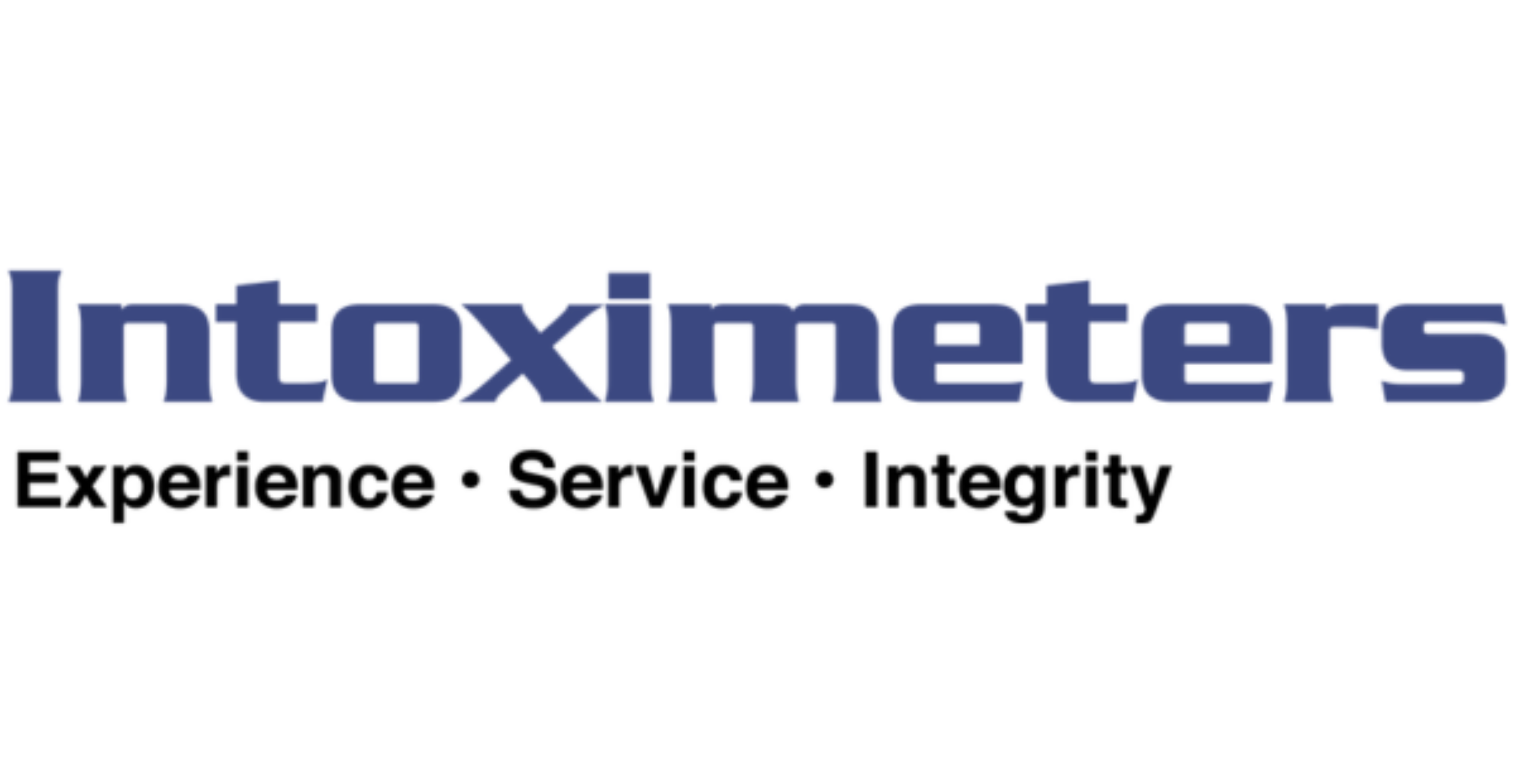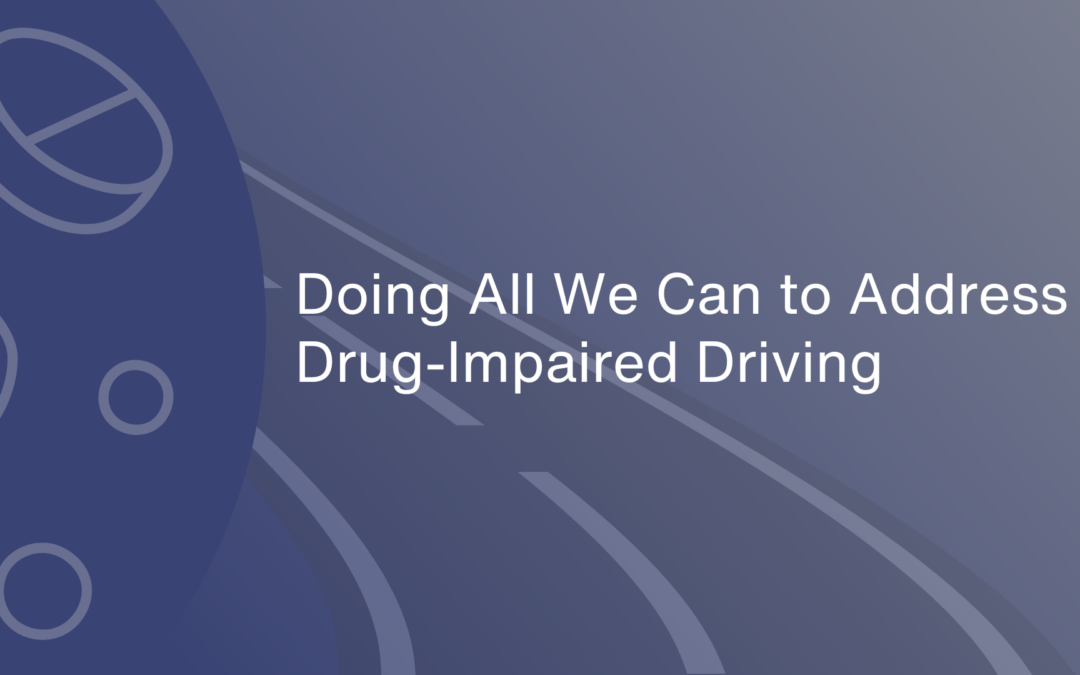Addressing Drug-Impaired Driving: Data and Beyond
Several states have deployed hundreds of SoToxaTM analyzers as an Oral Fluid Field Screening (OFFS) instrument to facilitate the detection of drugged drivers in their states. NHTSA cited that the feasibility of collecting samples in proximity to the crash event continues to be a challenge; oral fluid collection at the scene of a crash event is efficient and has proven to provide reliable results. Many substances are rapidly metabolized by the body following consumption, one of which is an increasing presence in toxicology samples across the country, cannabis. The active substance in cannabis, delta-9-tetrahydrocannabinol (THC), drops by over 80% within 90 minutes of smoking marijuana3, creating an urgency to close the gap between the time of incident and time of collection. Utilizing data from oral fluid screening, we can prioritize samples at accessioning upon arrival in the laboratory.
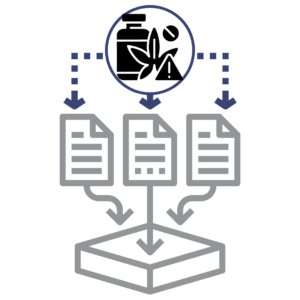 The completeness in reporting of drivers involved in fatal crashes who were under the influence of drugs remains poor and, in some cases, declared unreliable by federal agencies. In a report to Congress earlier this year in 2024, NHTSA reported that reporting the testing of fatally injured drivers remains challenged and significantly varied by state. Citing 2019 FARS (Fatality Analysis Reporting System) Data, the completeness of reporting by states varies from above 90% to below 10%, with the average for all states near 60%1. Multiple agencies, including the U.S. Government Accountability Office (GAO) and the National Transportation Safety Board (NTSB), have stated the lack of data as a problem, with NTSB stating: “We confirmed that drug data in national-level databases continue to be unreliable and cannot be used to estimate drug prevalence among drivers.”2 An improvement is the data sample, and subsequent results can be collected at the scene of a crash in the closest proximity to the driving event as possible utilizing oral fluid.
The completeness in reporting of drivers involved in fatal crashes who were under the influence of drugs remains poor and, in some cases, declared unreliable by federal agencies. In a report to Congress earlier this year in 2024, NHTSA reported that reporting the testing of fatally injured drivers remains challenged and significantly varied by state. Citing 2019 FARS (Fatality Analysis Reporting System) Data, the completeness of reporting by states varies from above 90% to below 10%, with the average for all states near 60%1. Multiple agencies, including the U.S. Government Accountability Office (GAO) and the National Transportation Safety Board (NTSB), have stated the lack of data as a problem, with NTSB stating: “We confirmed that drug data in national-level databases continue to be unreliable and cannot be used to estimate drug prevalence among drivers.”2 An improvement is the data sample, and subsequent results can be collected at the scene of a crash in the closest proximity to the driving event as possible utilizing oral fluid.
NHTSA recognized the limitations of the FARS framework and added new data fields in 2022 to include drug specimen, drug test result (for all substances within panel), and drug test status. Further improvements in efforts to increase the completeness of data were instituted in 2023 to designate drug testing methods (i.e., screening vs. confirmatory) and actual quantities of drugs detected. Oral fluid is deemed an acceptable sample for reporting and is identified in the 2022 Edition of the FARS/CRSS Coding and Validation Manual as “(Oral Fluids) is used when the case materials indicate this was the specimen used to detect the presence of drugs.”4
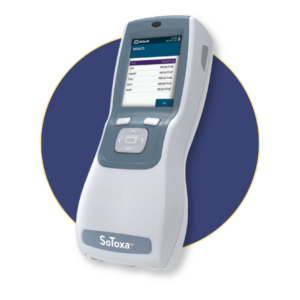 The Role of SoToxaTM Analyzers
The Role of SoToxaTM Analyzers
North Dakota recently completed an evaluation project utilizing SoToxaTM as an Oral Fluid Field Screening (OFFS) instrument to conduct a study of oral fluid at the scene of impaired driving incidents. North Dakota reported an accuracy rate of 94% for Cannabis in oral fluid when compared with blood, as reported at their Impaired Driving Conference in Bismarck in April 2024. SoToxaTM provides analysis of oral fluid for Amphetamines, Methamphetamine, Benzodiazepines, Cocaine, Opioids, and Cannabis. North Dakota found that screening for this panel of drugs represented 80% of the top ten (10) drugs detected by the laboratory in blood for 2020-2023. With the addition of Fentanyl, this panel would represent 90% of the top ten (10) drugs identified in the blood by the laboratory.
NHTSA has cited oral fluid for detecting the presence of drugs as a solution since as early as 2009 in their report to Congress. Oral fluid was also utilized in the 2007 National Roadside Survey of Alcohol and Drug Use by Drivers. The currently planned National Roadside Survey of Alcohol and Drug Use by Drivers will only utilize oral fluid as a means of testing drivers for drugs. The NTSB has been advocating for states to adopt oral fluid as a means for testing drivers for drugs for over ten years, and in their 2022 report, stated that the NTSB concludes that oral fluid is a valuable but underutilized biological specimen for the detection of drug use by drivers and can support the enforcement of impaired driving laws. “Therefore, the NTSB recommends that … modify their impaired driving laws to allow for oral fluid collection, screening, and testing for the detection of drug use by drivers.”5
The greatest good for the greatest number. Indiana embraced OFFS in 2020 and continues to see improvement not only in the detection of impaired drivers but also in the overall reduction of fatal crashes. From 2019 to 2022, Indiana saw a 14% increase in laboratory submissions and a 14% reciprocating increase in Cannabis identifications in blood. From 2018 to 2022, the average number of officers completing ARIDE (Advanced Roadside Impaired Driving Education) for specific training in drug-impaired driving increased from over 100% from 116 in 2017 to 393 and 367 in 2022 and 2023.6,7
Challenges in Data Collection and Reporting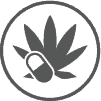
Two states both demonstrated success with the implementation of programs resulting in improved data and detection of drivers under the influence of drugs. For Indiana, “in the nearly three years since implementation, more than 3,000 oral fluid tests have been performed. Roadside oral fluid testing has become accepted by the law enforcement community in Indiana. The number of drug influence evaluations has increased in correlation with the use of roadside oral fluid testing.”8 Indiana reduced fatalities by 6.2% in 2023 from 2021, from 953 to 894. Marijuana continues to maintain a regular number of top-reported drug categories present in sample analyses completed by states.
Improvements in Drug Testing Methods
Utilizing data from oral fluid screening, we can prioritize samples at accessioning in the laboratory prior to utilizing laboratory screening techniques such as ELISA, LC-TOF, or GC-QQQ-MS, to improve efficiency in prioritizing samples for drug testing. Data-driven is a core requirement for any program, and measurable outcomes are how we measure the effectiveness of implemented programs. Utilizing OFFS can assist states in quantifiable and measurable improvement in the reporting of the testing of drivers for drugs who are involved in fatal crashes. More importantly, an effective program that combines training and tools can produce the most measurable outcome of all, saving lives on our roadways today. The solution for both these challenges is implementable today, not next month, not next year; every day we delay, we create the potential for further loss of life by not equipping law enforcement for success in the battle to save lives.
Do you know who the FARS Analysts are in your state? Do you know who the State Highway Safety Office is in your state? Intoximeters believes in partnerships and accomplishing more together than we do alone. The Governor’s Highway Safety Association (GHSA), the National Alliance to Stop Impaired Driving (NASID), and the Association of Traffic Information Professionals (ATSIP) are all partner organizations that can assist in connecting with your state-specific resources.
